
The Immune System — Our Body Defenses
2.46K 1 0
Humans come into contact with external agents on a
daily basis, agents that could be harmful if allowed the opportunity to
enter the body. The most severe are dangerous disease-causing
microorganisms, pathogens, or ab...
A Brief Introduction to the Upper Limb
878 0 2
The upper limb is the region of the skeleton that is
known for its mobility and dexterity. It is the area of the skeleton
that is able to grasp, strike and conduct fine motor skills. It is
supported and stabilized by ...
Stroke: The Silent Killer
1.39K 1 4
Stroke or cerebrovascular accident (CVA) is the most
common cause of brain damage. More specifically, a stroke is the rapid
loss of brain function due to the disruption of blood supply to the
brain. In turn, a signifi...
Medical Terminology Explained
2.28K 1 2
One of the most important foundations when learning
anatomy and biology is to know correct terminology and how to use it.
Today, I will be discussing some of the most common terms used in these
areas. It might seem ov...
What’s the Big Deal About Stress? A Look into the Stress Hormone – Cortisol
1.50K 2 2
Stress can be initiated by a number of physical or emotional triggers.
Your stress level will increase if you are physically sick with a cold
or just had surgery. Not to mention, the mental and emotion...
An Introduction to the Skeletal System: Bones and Cartilages
25.87K 1 5
The human skeleton is composed of cartilage and bones. There are in all 206 bones. It is divided into two functional parts:
Axial Skeleton
Appendicular skeleton
The axial skeleton consists of bones of the ...
Balancing GI Bacteria with Probiotics
651 1 0
You’ve heard all about them, or seen them advertised
in your food: yogurt, sauerkraut, and even pickles! But what are they
exactly? And why are they good for you? Read on to find out!
Probiotics are live microorgan...
Megaloblastic Anemia
378 0 0
Megaloblastic anemia is a term used to describe a
group of blood disorder which is characterized by a defect in DNA
synthesis and by a change in the size of the RBC.
The red blood cells are very large. When DNA sy...
The Basics of Cellular Respiration
4.01K 1 5
What is Cellular Respiration?
Cellular respiration is the set of reactions that produces ATP. ATP,
quite possibly the most talked about molecule in biology, is our energy
currency.
Cellular respiration uses glucos...
A General Overview on Diabetes and the Physiology Behind It
1.05K 0 0
We all have met a diabetic person at one point or the
other in our life. Diabetics are normal people, but don't you wonder
why are they called Diabetics? What's going on with them? Why are they
so particular about wha...
Blood Pressure Regulation at a Glance: How Determinants Affect Blood Pressure
1.48K 3 0
In continuation of my article from last week I want
to dig a little deeper into the mechanism of the regulation of blood
pressure. Last week, we stated that the two divisions of the Autonomic
Nervous System (Sympathet...
Voluntary Muscular Control and The Corticospinal Tract
539 0 0
Last week we looked at an ascending track, the lateral spinothalamic tract.
This week we’ll be looking at a descending track.
If you remember, an ascending track is a neural pathway that sends information from d...
How Does Lactose Affect Gastrointestinal Function?
460 1 3
Lactose is a disaccharide sugar found mainly in cow’s
milk and milk derivates. It is basically “milk sugar.” Lactose, in its
disaccharide form, cannot be broken down in your gut. It needs an enzyme
to get the job done...
Synopsis of the Common Forms of Dermatitis
514 0 0
This week, I would like to discuss a little about a
condition near and dear to me: dermatitis. I actually suffer from two
forms of it and feel that while it is common, not many people know
exactly what it is or the di...
Blood Pressure and its Regulation
2.01K 6 1
When we think about blood pressure it is the mean
arterial pressure that is monitored and regulated by the body. It is the
force of blood pushing against the walls of the arteries as the heart
pumps blood to the syste...
Introduction To The Spinothalamic Tract
1.38K 0 2
I think it's time to make a jump, and to look at the
nervous networked that feeds the brain information about what's going on
with the body. There are two types of information relays.
There are pathways that transm...
Lymphopoiesis: The Development of Lymphocytes
812 0 0
[caption id="" align="alignright" width="73"] Fig.1
Lymphocyte[/caption]
Lymphocytes are the smallest and the second most common type of white
blood cell. They are known as the cells of immunity. Lymphocytes have
l...
Functional Anatomy of the Knee: Movement and Stability
3.87K 0 0
The knee is a joint formed, stabilized and given
mobility by the articulation of bones, ligaments and tendons. This joint
is the largest joint in the body and is formed by the articulation of
the femur bone in the thi...
Erythropoiesis – Formation of Red Blood Cells
10.16K 1 8
Because of the inability of erythrocytes (red blood
cells) to divide to replenish their own numbers, the old ruptured cells
must be replaced by totally new cells. They meet their demise because
they don’t have the usu...
Function and Synthesis of Hemoglobin
1.91K 0 3
What is hemoglobin?
Hemoglobin is the main protein in mature red blood cells. Each RBC
contains over 600 million hemoglobin molecules. It is tetramer, that
is, one molecule of hemoglobin in adult is composed of four...
Anatomy of the Plant Cell vs a Human Cell
14.90K 0 1
This week, I would like to take a break from human
anatomy and move on to something different: plant cell anatomy. I know
botany is not everyone’s cup of tea; I am included in that category. It
may not be the most exc...
Fiber and You: Keeping Your GI system healthy
149 0 0
I’m sure you’ve heard many times in your life to, “Eat your vegetables,
they’re good for you!” But have you ever wondered why they’re so good
for you?
Besides the fact that vegetables are full of beneficial nutri...
The Chemical Synaptic Transmission — How It Happens
1.74K 6 1
Electrical information is conducted through the body
along neurons. But neurons are not infinitely long (although some can be
pretty long and measure above 1 m in length) and they “synapse” on each
other.
The probl...
Production and Regulation of RBCs
868 0 0
As humans each day we produce approximately 2 billion
red blood cells. But the question is, how do we accomplish this? Well,
we accomplish this task through a complex and well regulated process
called erythropoiesis. ...
Basics of Hormone Classification
2.90K 1 3
My article from last week focused on the key
components of the endocrine system. Following the same idea, I thought
it would be ideal to do a follow up article on the classification of
hormones and even mention some o...
What Happens When We Eat? Gastric Motility
732 3 1
When we eat a meal, we don't usually think about what is happening in our bodies once we've left the dinner table.
So what happens when we eat a meal?
Gastric secretion begins before you even start eating! The v...
A Look Into the Major Neurotransmitters of the Nervous System
1.24K 5 1
Major Neurotransmitters
Acetylcholine.
During the early stages of neuroanatomy exploration, scientists were not
sure how neurons transmitted their information. Was it all electrical
conduction or did chemicals p...
A Brief Review on The Study of Blood and Its Different Components
3.05K 1 1
What is Hematology?
Hematology is the study of the blood. Blood is a fluid that is
necessary for the maintenance of life. Without it we would all be dead.
We need blood to maintain good health. Blood carries nut...
Don’t Forget About the Endocrine System! (The Key Players in Maintaining Body Homeostasis)
2.74K 0 2
Sadly, the endocrine system takes a back seat to the
other systems of the body. However, without the endocrine system, our
body would not be able to carry out many of its functions.
What Exactly Is the Endocrine Syst...
How a Neural Crest Cell Makes Career Decisions
162 0 0
In your classes about neural development you might have encountered these funny little cells called “the neural crest cells.”
[caption id="" align="aligncenter" width="354"] Neural Crest Cells. Image Credit Abitua[...
What Happens When Two Hybrid Traits are Bred Together? The Punnet Square Plus Some Fun Links in the End
450 2 0
We know that, after Mendel bred tall and short
plants, he got all tall plants as their off-springs. However, these
off-springs were heterozygous or hybrid, meaning their gene imprint was
Tt instead of pure line, which...
What Does the Neural Plate Have to Do With College Competition? (From a Neural Tube to the Entire Central Nervous System)
104 0 0
In a previous article we looked at the formation of
the neural tube. (If you need to, you can go back to that article and
refresh your memory).
In this article, we will take a look at what happens during
developmen...
Mendel’s Law of Dominance
5.69K 5 1
Mendel's Law of Dominance can also be simply stated
as:
"In a cross of parents that are pure for contrasting traits, only one
form of the trait will appear in the next generation. Offspring that are
hybrid for a trai...
Overview of Three Common Bone Disorders — Osteoarthritis, Rheumatoid Arthritis and Osteoporosis
4.28K 2 2
In my last two articles, I discussed the bones and
joints. Now I would like to go over some of the common diseases that
plague the skeletal system. It is important to be aware of some of these
conditions for two reaso...
The Flexor Withdrawal/Crossed Extensor Thrust Reflex
1.46K 0 0
One Monday we covered a very famous stretch reflex,
the myotatic reflex.
Today I want to take you to another level of complexity with the flexor
withdrawal/crossed extensor thrust reflex (that's a mouthful!).
Th...
A Brief Review on Iron Deficiency Anemia
458 2 0
What is Anemia?
Anemia is a reduction in the number red blood cell (RBC) and the
hemoglobin concentration of the blood. In other words, it is
a condition in which our bodies do not produce enough healthy RBCs.
R...
Why You Don’t Fall When You Stand: The Myotatic Reflex
317 0 0
Today, Let's talk about another popular topic: Spinal
reflexes.
As humans, we are capable of a wide array of conscious movements, and
conscious control of our behavior. Much so to the point that we often
consider o...
Nephrons: Function of the Various Segments of the Renal Tubule
2.11K 0 1
As we have learned from my previous article on
nephrons, the renal tubule is the part of the nephron in which the
filtrate from the glomerulus enter. It consists of the following:
Proximal convoluted tubule
Prox...
An In Depth Look at the Bones: Classification and Structure of Skeletal Joints
2.77K 0 0
In my last article, I discussed the types of bones
and how they were formed. I left out quite a bit on joints because their
classification and structure results in a lengthy article, too.
Joints are just as importa...
Why Pancreatic Cells Have More Rough Endoplasmic Reticulum
2.98K 1 1
Recently, a question was sent in by one of our
readers:
It has been found out that certain cells of the pancreas, which
synthesize and release digestive enzymes (proteins), have more rough
endoplasmic reticulum a...
What Foods to Avoid When You Suffer From Psoriasis (A Naturopathic View)
863 1 1
As we discussed in in my previous article, your skin
is a reflection of what is happening inside your body. The body
separates nutrients and waste through the liver, kidneys, lungs (through
breathing), and skin to rem...
Afferent and Efferent Projections of the Thalamus
415 0 0
In a previous article, we covered the basic
terminology and nuclei of the thalamus. Today, we are going to look at
the projections that synapse onto the thalamus and those that depart
from the thalamus!
The Anterior ...
Bones: A Brief Review on its Functions, Types, Structure and Development
2.39K 3 1
Bones are often used as symbols of fear and death,
such as the ever popular skull and cross bones. Sadly, this gives bones a
bad reputation at times. Bones may appear simple, but they are quite
fascinating and serve m...
Mendel’s Pea Plant Experiment — The Root of All in Genetics
2.65K 1 1
Mendel's pea plant experiment which lasted for over a decade was a huge scientific breakthrough.
The pea plant has Seven different variable traits. Scientists say that it was due to his luck and the ever important ...

















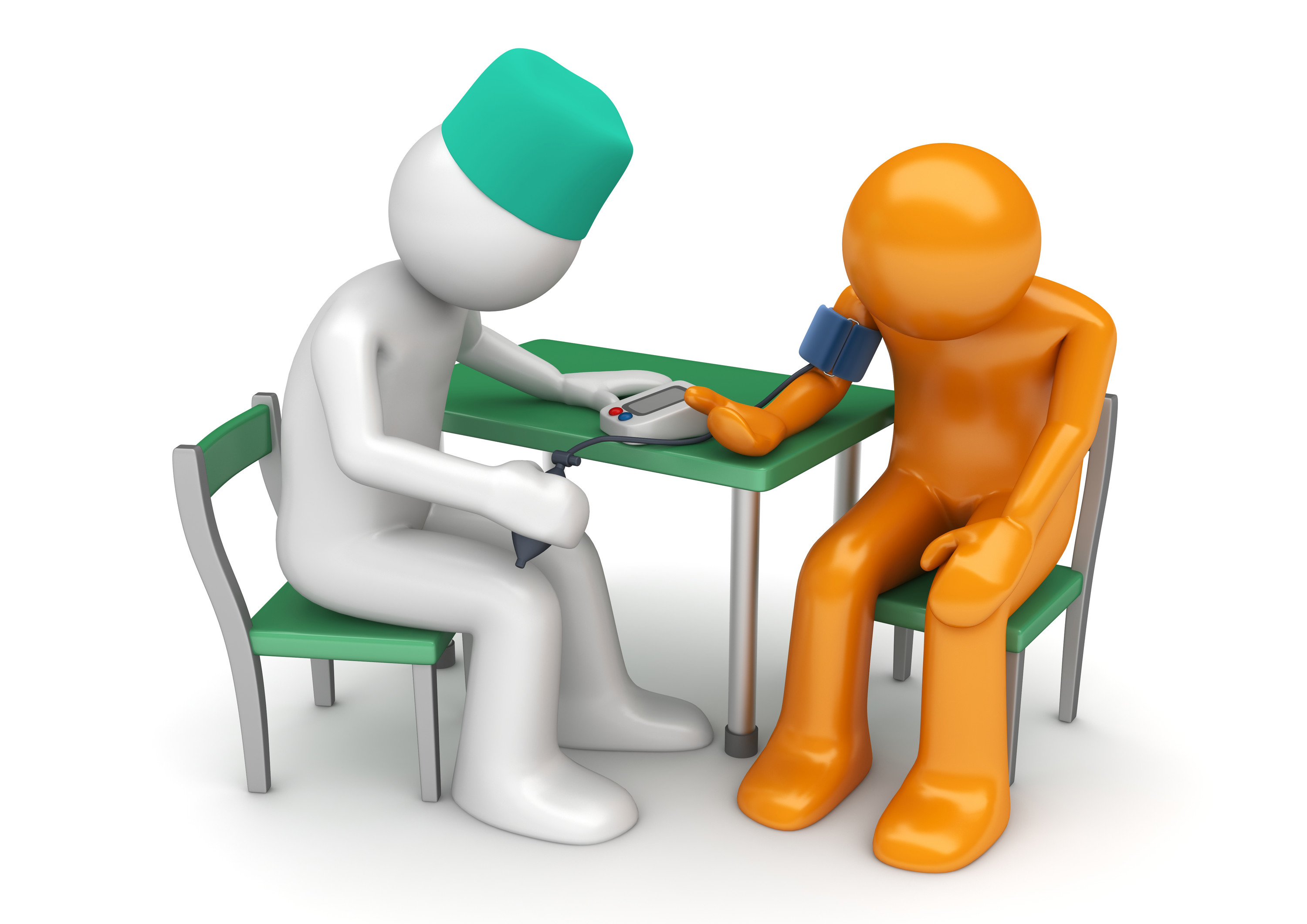










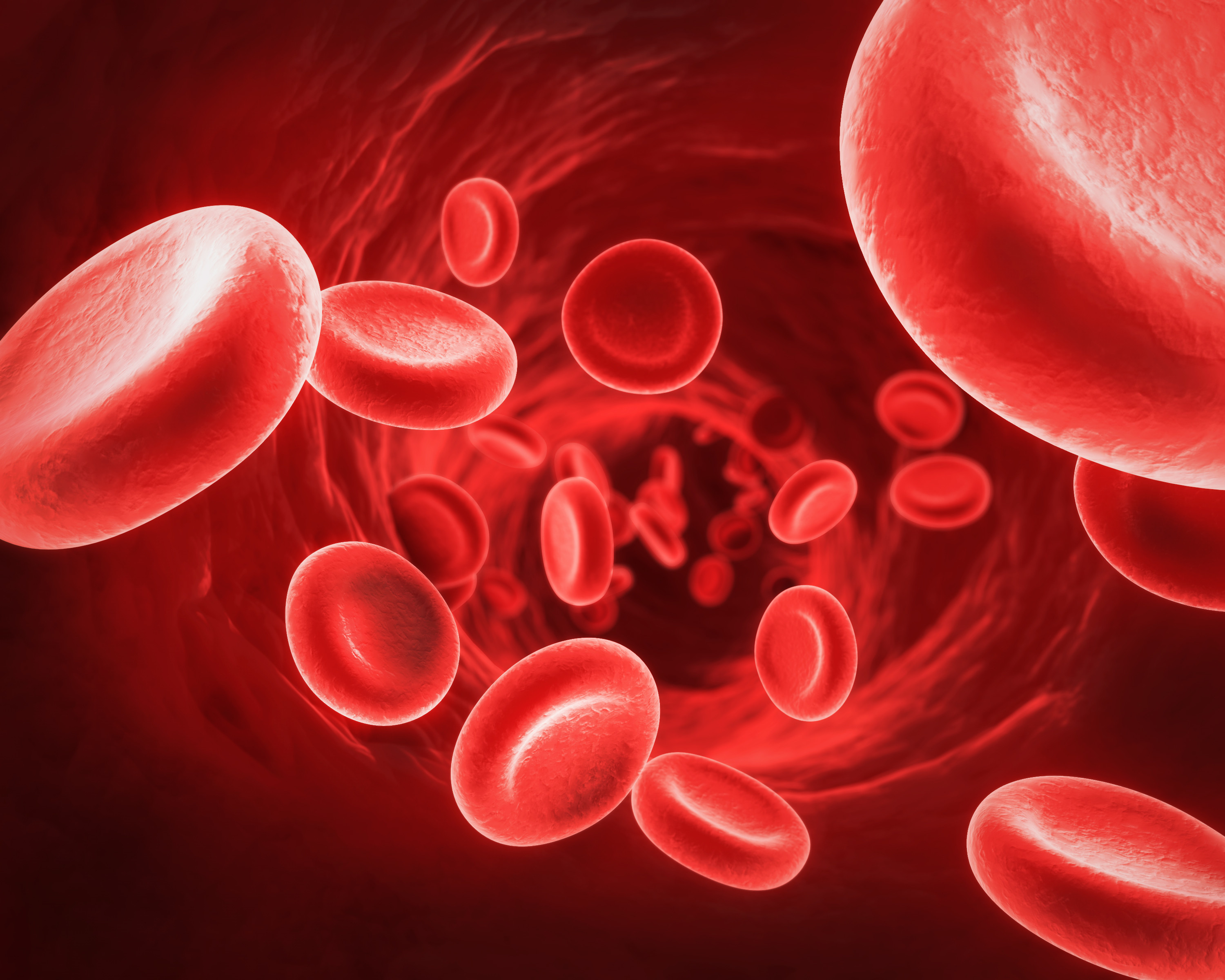










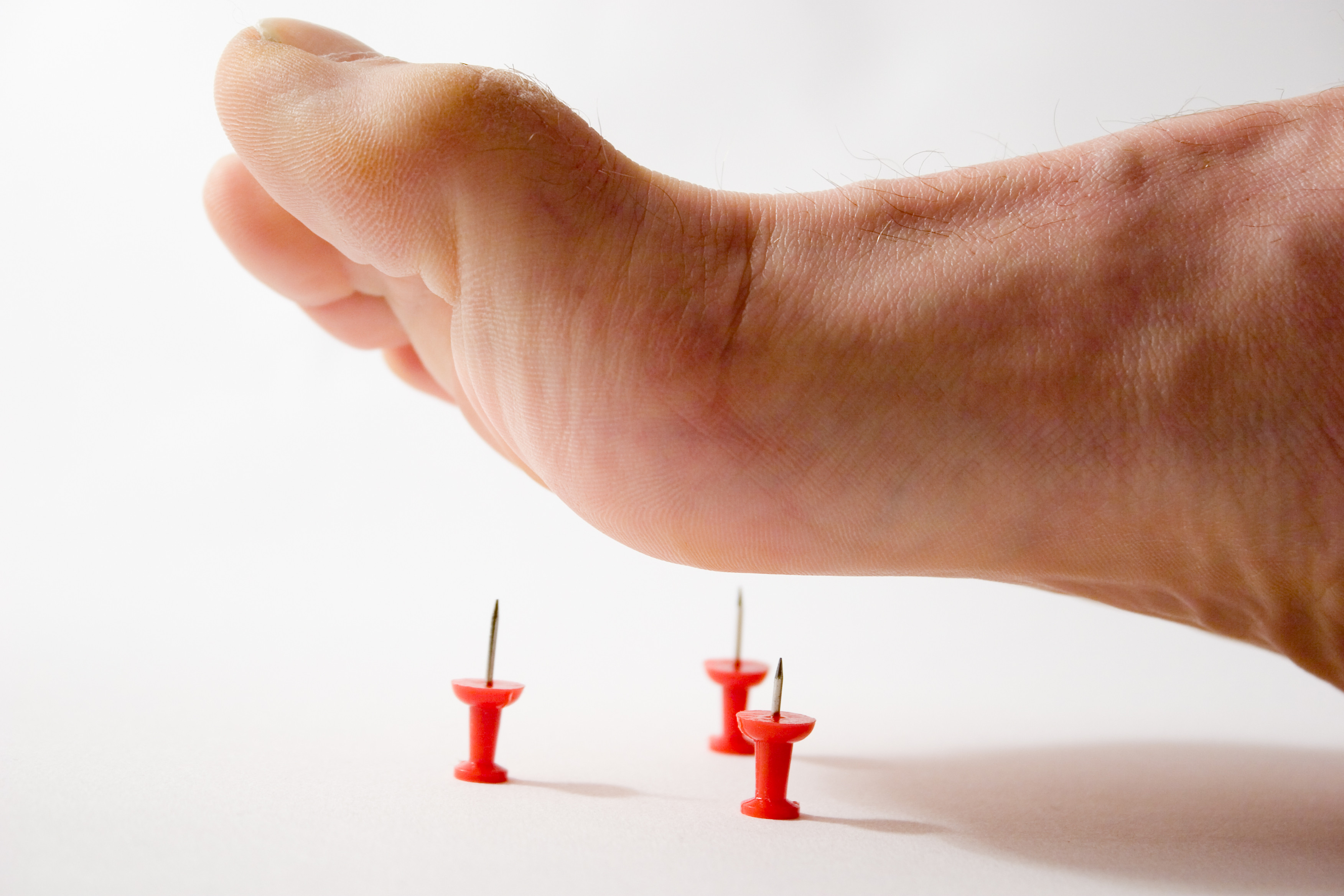





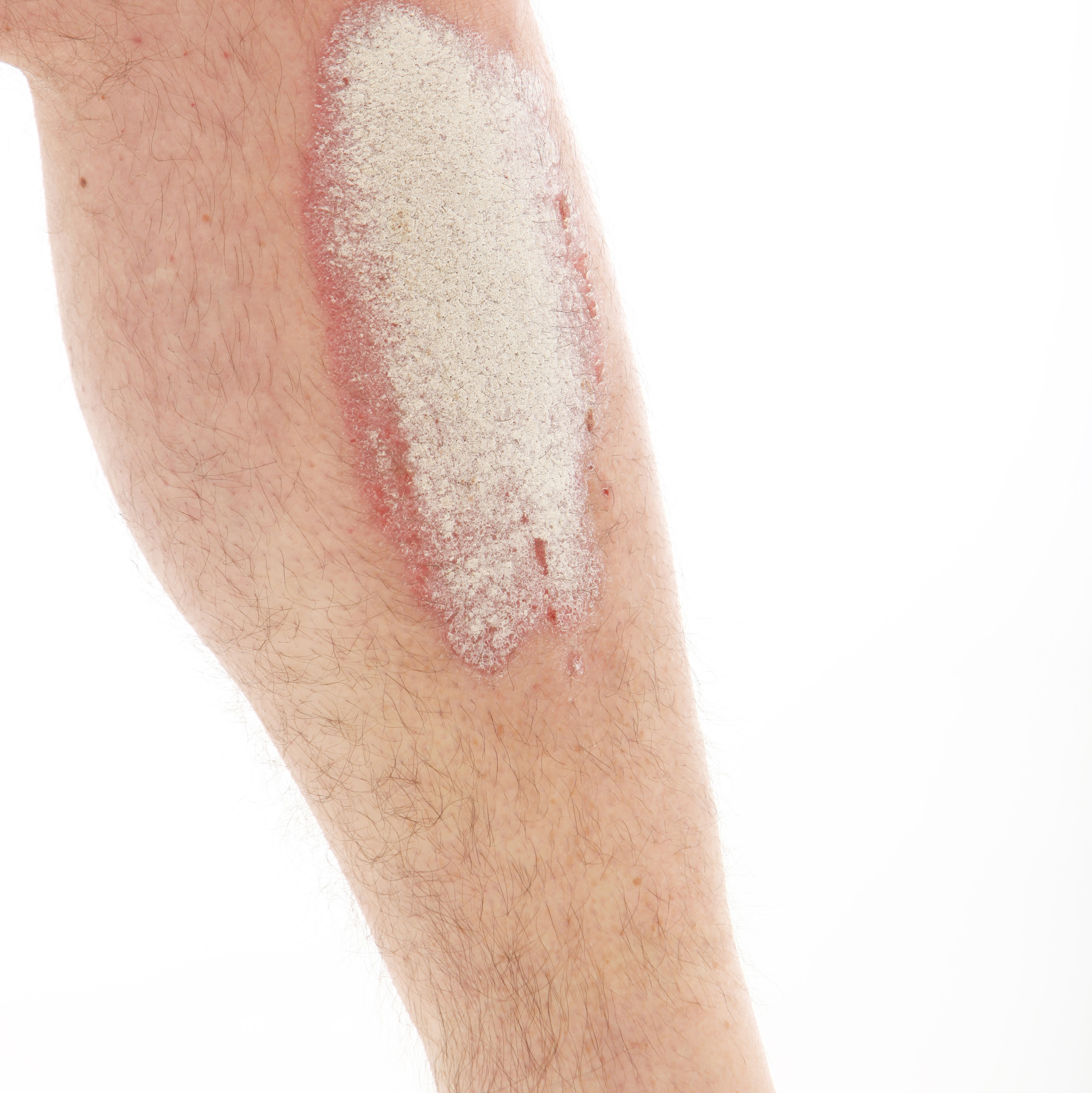



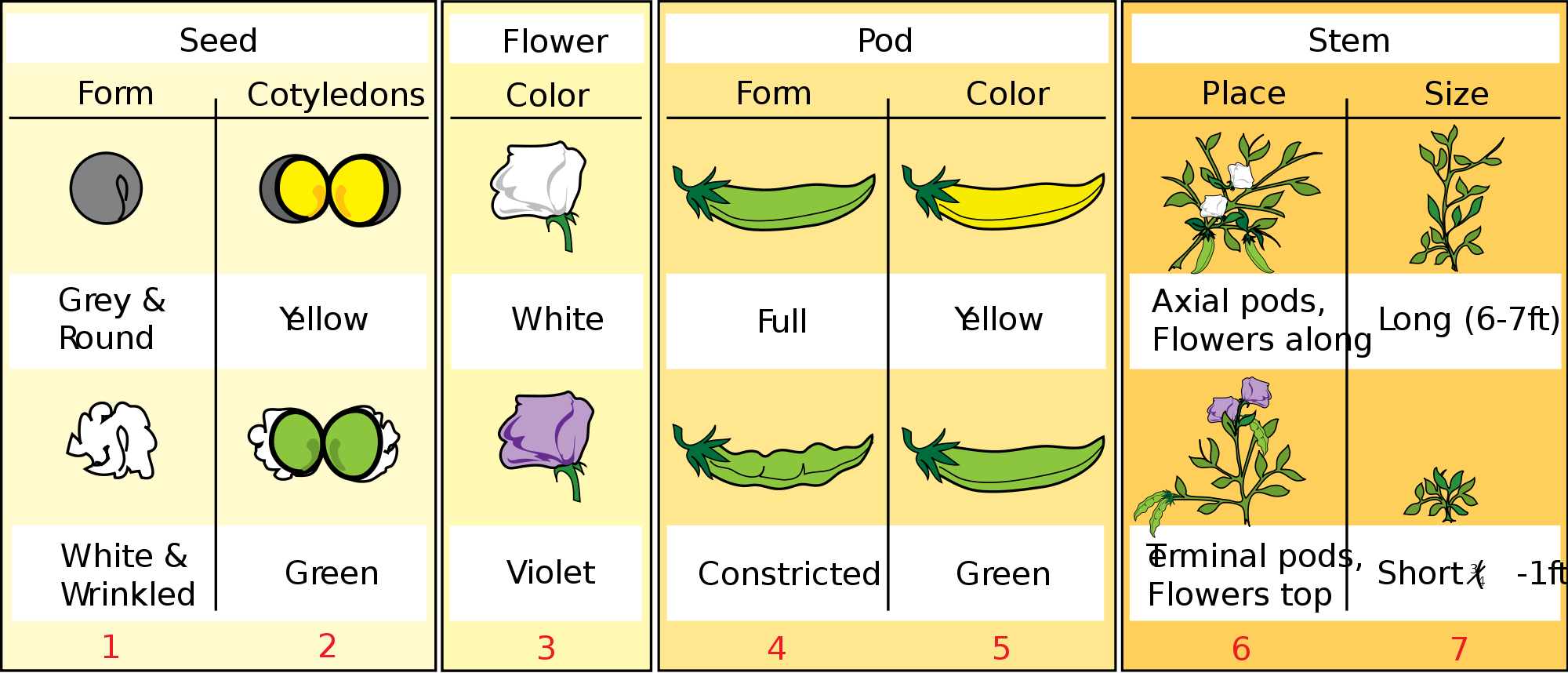
No comments:
Post a Comment